Since I‘ve been using #DIYPS for over a year and also had the closed loop version running for more than two months with excellent results, I get several questions every week about how/when we’re going to make it available to other people. #DIYPS is an individual implementation that we built, and because of FDA regulations it’s not something we can give to another person to use. (Not to mention it’s not been tested for more than n=1, etc.) But, both Scott and I are passionate about moving diabetes technology forward for all, and so this week we kicked off the OpenAPS project.
#OpenAPS is our initiative to build on the #DIYPS closed loop work and eventually make this type of technology available (and faster than the market and traditional research is otherwise moving) for more people with diabetes. We aim to encourage other independent researchers to build their own closed loop implementations based on the OpenAPS reference design, and share their results and help us improve the design further. We are also working toward clinical trials that will enable more people to test and use the system during the research phase, but without having to code and build their own implementation of a closed loop artificial pancreas system. And all of this will be done in an open, transparent way so people can ask questions, monitor progress, and get involved at various stages.
The Open Artificial Pancreas System (#OpenAPS) is an open and transparent effort to make safe and effective basic Artificial Pancreas System (APS) technology widely available to more quickly improve and save as many lives as possible and reduce the burden of Type 1 diabetes.
We believe that we can make safe and effective APS technology available more quickly, to more people, rather than just waiting for current APS efforts to complete clinical trials and be FDA-approved and commercialized through traditional processes. And in the process, we believe we can engage the untapped potential of dozens or possibly hundreds of patient innovators and independent researchers and also make APS technology available to hundreds or thousands of people willing to participate as subjects in clinical trials.
At the end of the process, we hope to have produced an FDA-approved #OpenAPS reference design and reference implementation that can be used by any medical device manufacturer with minimal regulatory burden. We believe this will in turn allow manufacturers (and the academic research teams they work with) to turn more of their attention to designing and testing more advanced APS systems, and thereby accelerate the pace of innovation toward new and improved Type 1 diabetes treatments, and eventually a cure.
In the mean time, it will make basic overnight closed loop APS technology widely available to anyone with compatible medical devices, thereby reducing the burden of Type 1 diabetes on everyone who lives with the disease.
I’ll continue to post here often with data and updates from my experience & work with #DIYPS, which I’m continuing to use. But I also encourage you to bookmark OpenAPS.org if you’re interested in watching that work move forward, too – and as always, we’ll be on Twitter with #DIYPS and #OpenAPS as @DanaMLewis and @ScottLeibrand (and you can email us for #DIYPS or #OpenAPS info at Dana@OpenAPS.org and Scott@OpenAPS.org).
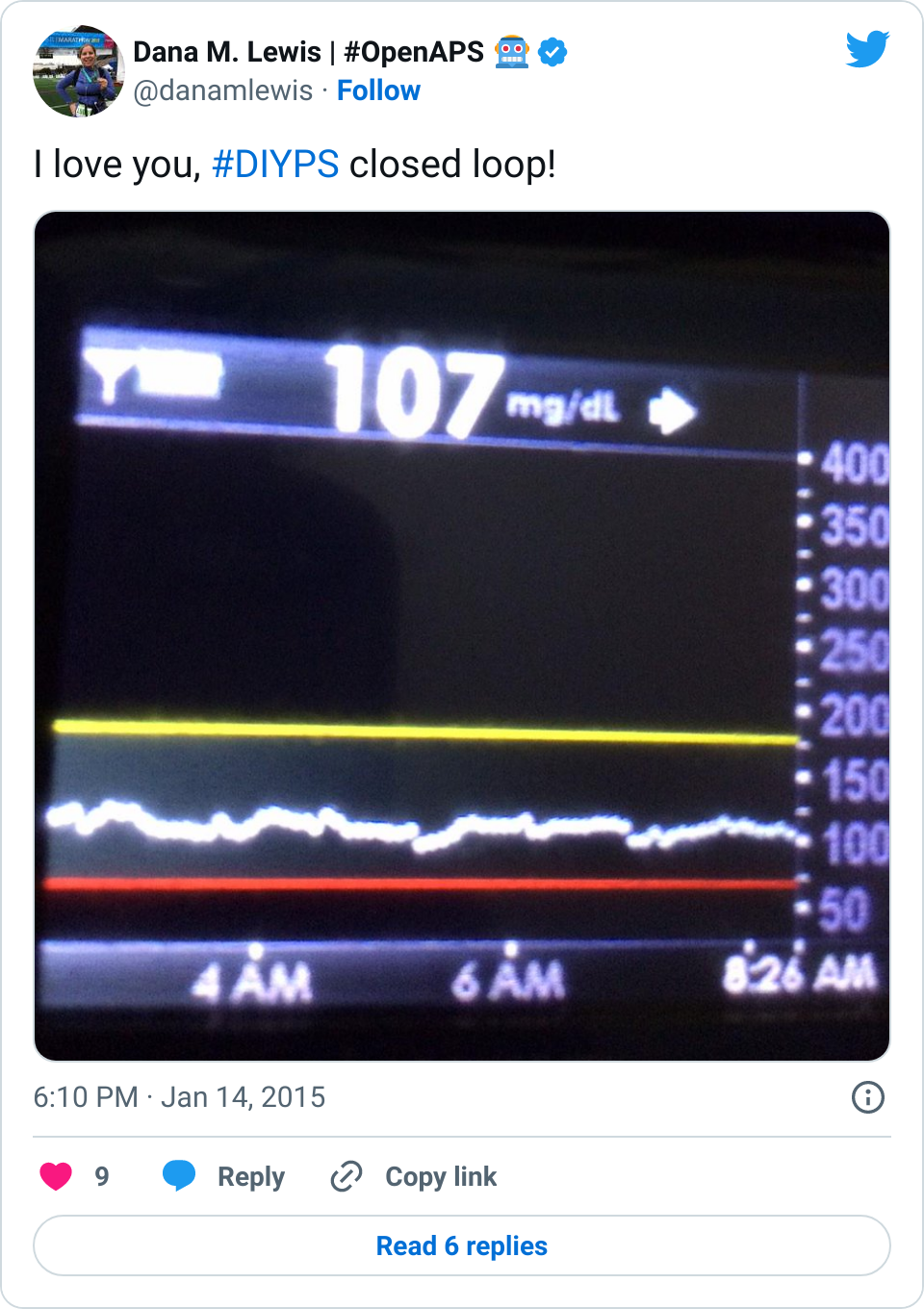
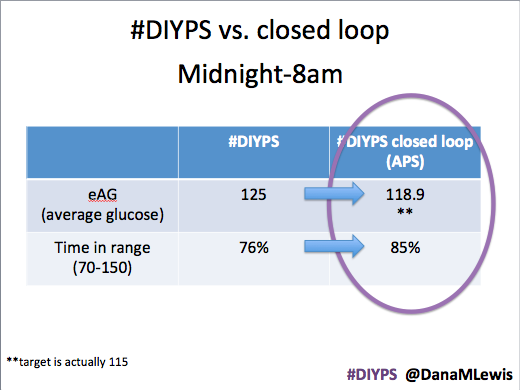

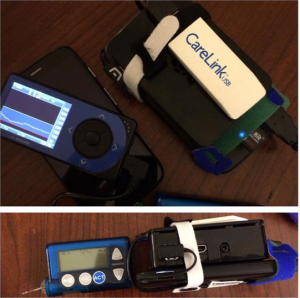
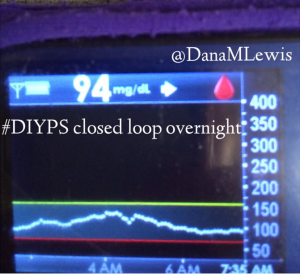
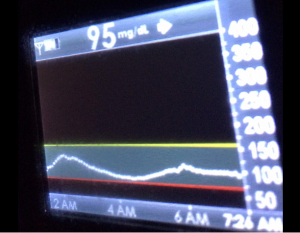
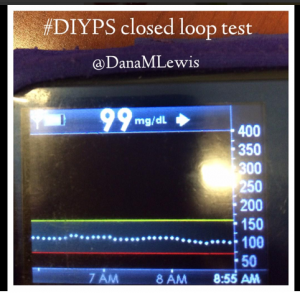
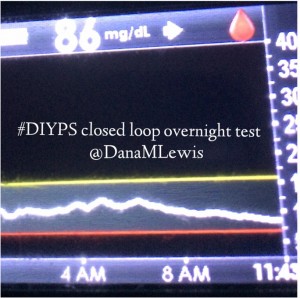
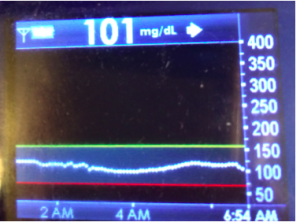

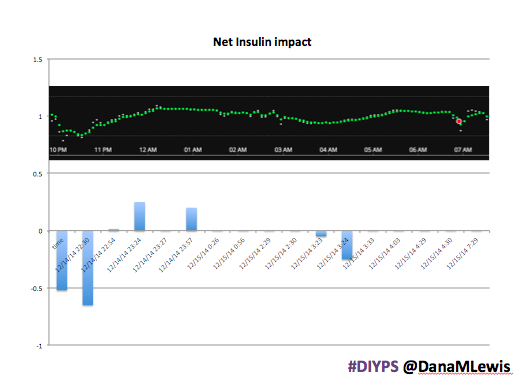

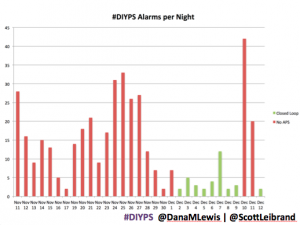
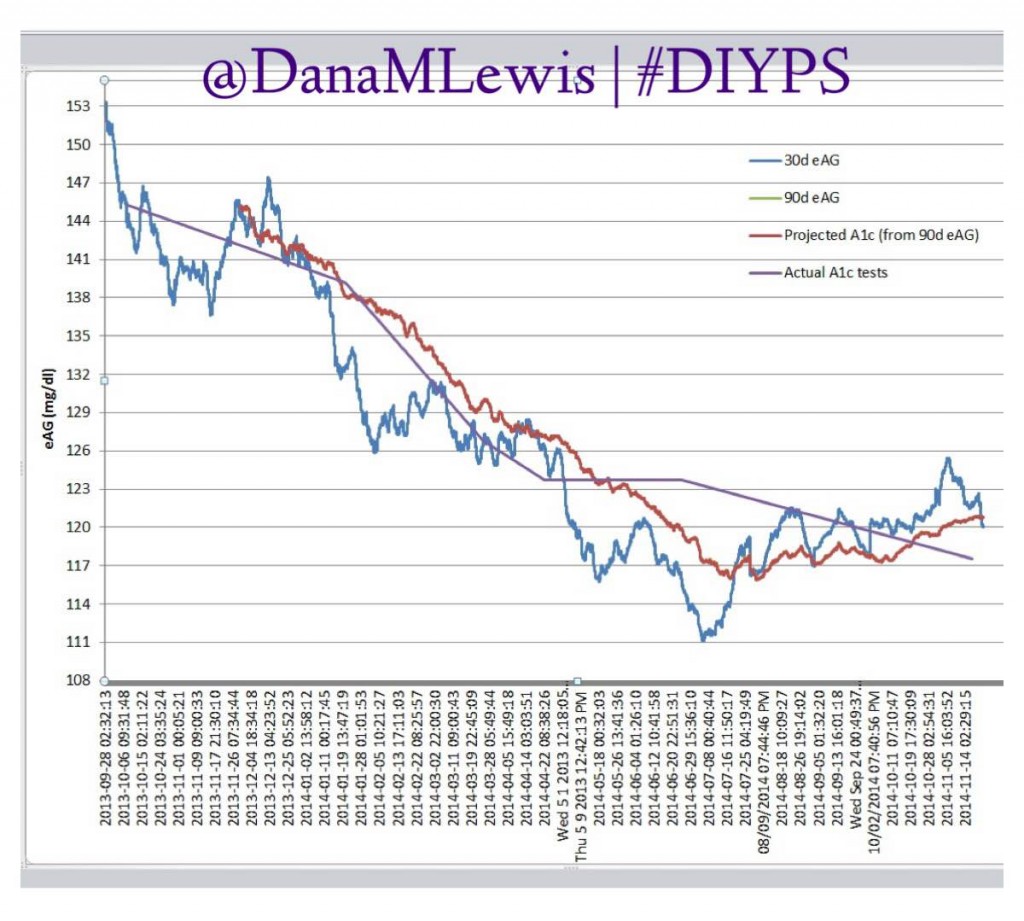



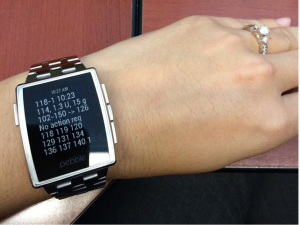
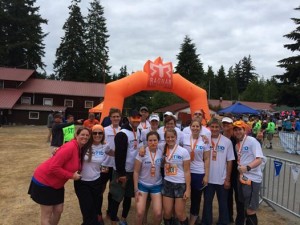

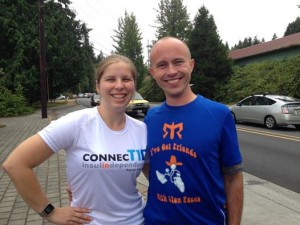
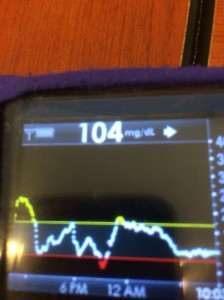
Recent Comments